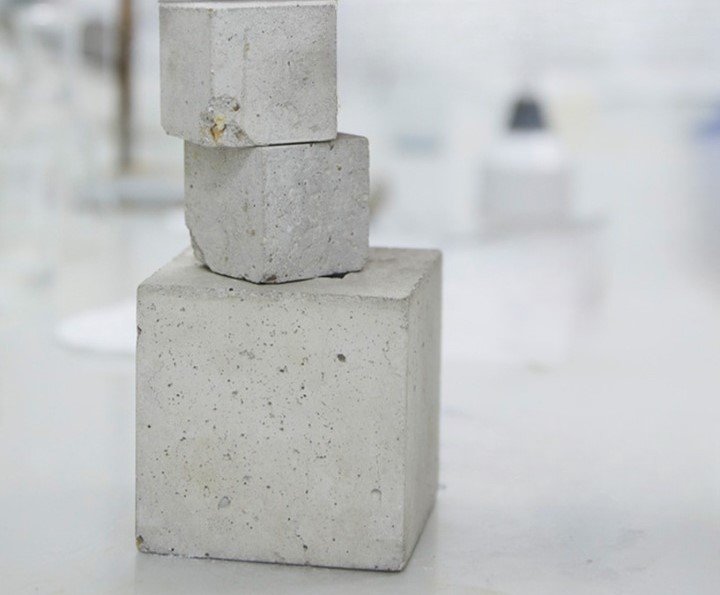Carbon-negative cement can be created using olivine, a mineral that aids in capturing CO2. This innovation holds promise in addressing the substantial carbon footprint of cement production, which contributes roughly 8 per cent of global CO2 emissions.
Olivine, abundantly found in Earth’s mantle with reserves spanning across continents, serves as a key ingredient. Seratech, a UK-based company, has patented a process to convert olivine into cement. Numerous startups are also exploring low-carbon cement production methods, such as incorporating steel by-products or recycling CO2 emissions from cement production.
The traditional process of cement production involves heating limestone to produce clinker, a crucial component, which emits significant CO2. Olivine offers a viable alternative to some of the conventional clinker. Rich in silica, olivine enhances cement strength and durability. Moreover, magnesium sulphate, another compound derived from olivine, reacts with CO2 to form minerals that trap the gas.
Researchers at Seratech dissolve powdered olivine in sulphuric acid to extract these compounds. After separating silica and magnesium sulphate, they expose the magnesium slurry to CO2, resulting in the formation of nesquehonite, a mineral that sequesters CO2. Scaling up this process would involve using CO2 captured from emissions sources or the atmosphere, making the entire process carbon-negative. Nesquehonite residue could be repurposed into construction materials like bricks.
The researchers estimate that replacing 35 per cent of traditional cement with silica from this process would yield carbon-neutral cement, while substituting 40 per cent or more would render it carbon-negative. Current building standards allow for the replacement of up to 55 per cent of cement with this material, though extensive testing is pending.
While the process leverages well-known reactions, some challenges may arise in recycling certain chemicals involved, according to Rafael Santos at the University of Guelph in Canada. Nevertheless, this innovation presents a feasible approach to mitigating carbon emissions in cement production.
Reference: Royal Society Open Science DOI: 10.1098/rsos.231645


